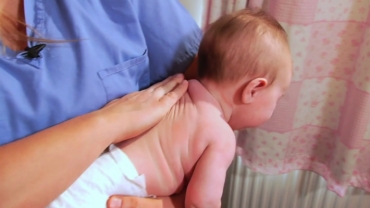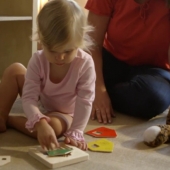Traumatic brain injury, or TBI, is an injury that disrupts the brain and its activity. TBI can result from a blow to the head, a jolt of the brain, or an object that goes through the skull.
In the United States each year, 1.7 million people sustain a traumatic brain injury. Each of these heads represents 20,000 people. Of the 1.7 million injured, 50,000 people die and more than 250,000 are hospitalized.
TBI can be mild to severe. Severe TBI can lead to permanent disability and even death. Seventy-five percent of brain injuries are mild, meaning they are not life-threatening.
In the U.S., most brain injuries in children, 55 percent, are caused by falls. Twenty-four percent are caused by being hit in the head with an object, like a soccer ball. Among children older than 5, car accidents are the number one cause of TBI-related death.
Assault is the number one cause of TBI-related death in those younger than 5. But even mild brain injury, like a concussion, can seriously affect daily activities. Mild TBI can cause problems with a child's speaking or understanding, movement, thinking or memory, and personality or mood. We can all help reduce the risk of TBI in children:
Use a child safety seat and/or a seat belt when the child is in a motor vehicle. Make sure the child wears a helmet when riding a bicycle skateboarding, and playing sports
like hockey and football. Install window guards and stair safety gates at home. Avoid shaking or jolting a baby.
- 6 views













